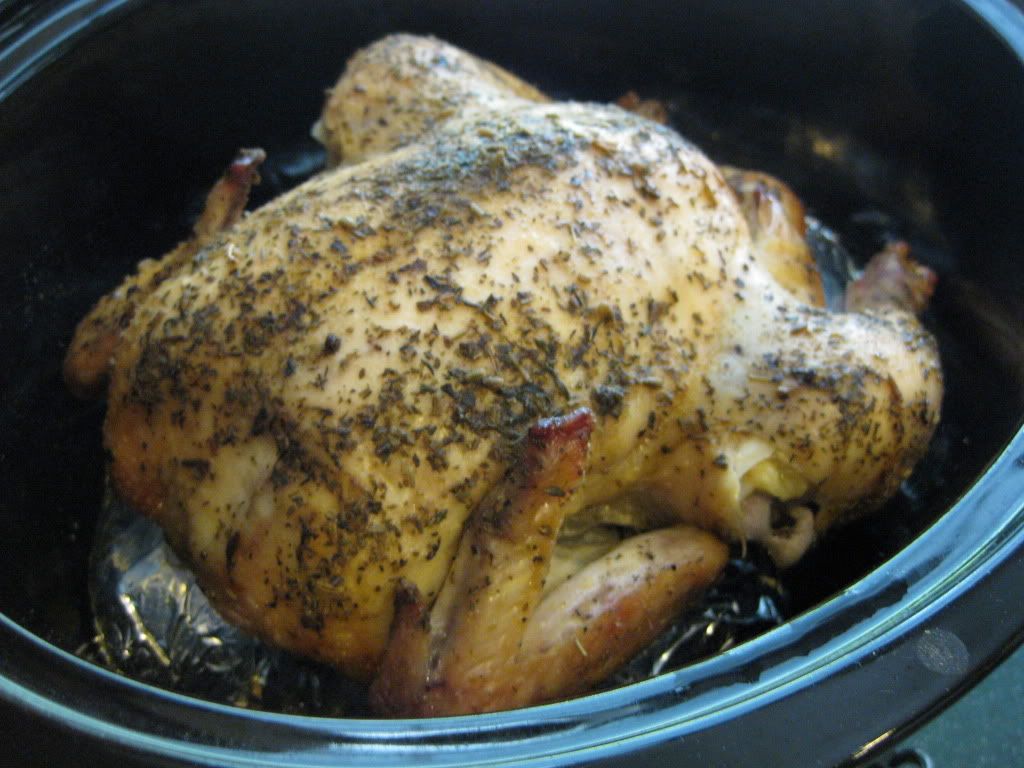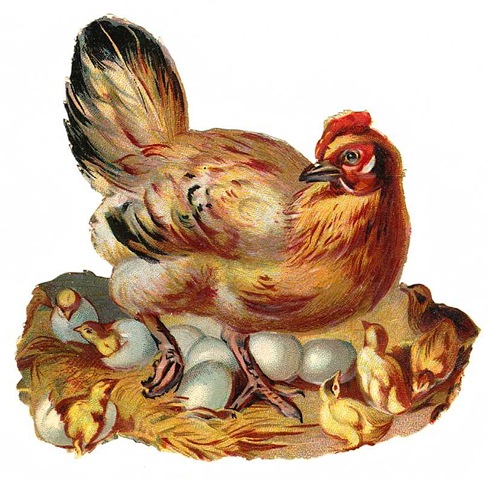It is so easy that you really should all do it. All you need is a little patience, and a lot of time. I know I never really want to buy pre-made yogurt again! This is so simple, and with so few ingredients, that it seems like the very best way to get that fix of probiotic goodness into your belly.
In general, we've been eating Activia vanilla-flavoured yogurt, which costs $3.99 for 650 grams. To make my yogurt a few days ago, I used a two-litre carton of milk ($3.49) and some of a 500 mL container of PC brand organic plain yogurt with active bacterial cultures (usually $3.99, but I got it on a great sale for $1.29! Woohoo!). I only needed a 1/2 cup of the yogurt, so the rest was eaten by me or went into a yummy recipe of raspberry yogurt muffins. I ended up with 1.25 L of yogurt, about twice the amount of the Activia container, for $3.81, so saved quite a lot of money.
 |
| The necessities. |
So as I take you through my yogurt making process, I'm going to give you the time details that I used this time, because it took me a long time to make this and this is something you might want to consider when you decide which day of the week you'd like to give yogurt-making a try.
7:00 am
Put your 2L carton of milk in the crock pot, cover, turn it on low, and leave for two and a half hours. I used 2% milk to get a creamy but not full-fat version. I thought it was a compromise between not wanting to get chubby myself, but wanting to feed the kids a hearty yogurt to help them (especially Susannah) put on weight. Apparently you can use whatever milk you like, including skim.
 |
| Did you really need this photo? Probably not, but it adds colour to the post. :) |
 |
| Another unnecessary but illustrative photo of my hot crockpot, filled with milk, and turned on to the low setting! |
9:30 am
Your milk should be good and hot now. Turn off the slow cooker, unplug it, and leave it without opening for another two and a half hours.
12:00 pm
Come back, take about a cup of milk out of the crockpot and whisk in 1/2 cup of plain, organic yogurt. Make sure that it has active bacterial cultures in it! That's what you need to do the work for you of converting your milk into more yogurt. Stir that milk-yogurt combo back into the milk in the crockpot (make sure it is cool enough so you don't kill the bacteria, it should be between 100 F and 115 F or so, or so that you can comfortably keep the tip of a very clean finger in the hot milk without discomfort). Once it is all mixed together, put the lid back on the crockpot and wrap a thick towel (I used two) around the whole thing, tucking it in as much as you can to keep the whole shebang as warm as you possibly can. Leave it like this (no peeking!) for 8+ hours.
9:30 pm
I left mine a little longer than 8 hours, because I had a very important function to attend--our weekly ladies coffee date at Samuel's on Friday evening. So when I got home, I unwrapped and opened my crockpot to find:
 |
| Success! |
Yogurt!!
So at this point, you can package it up however you desire as is and stick it in the fridge, or strain it to make it thicker. I decided to strain mine.
I lined two colanders (one big and one little) with coffee filters, put them over bowls, spooned the yogurt into them, and put them in the fridge for a couple of hours (not too long or it will turn into yogurt cheese, which I have read is lovely but not what you want in your smoothie or on your granola).
Craig and I watched a (mind-numbing) movie while I waited for this to strain. When it was done, I came upstairs and...
12:30 am
Took the colanders out of the fridge, scooped and scraped the yogurt out of the filters into clean Mason jars, poured the whey (don't throw it out!) into additional clean mason jars, and ended up with this:
 |
| Thick, creamy white yogurt on the right, whey on the left. |
Whey can be used for all sorts of things, and I hope to try a bunch of them out and post about it in the future. I'm planning on using this batch to enrich smoothies and make them probiotic, to substitute for buttermilk in baking, such as pancakes and biscuits, etc., and to substitute for water in bread, which I have heard has great results.
The yogurt, on the other hand:
I tried it on top of homemade granola, sweetened with some honey and a drop of vanilla, and topped with raspberries. It was really good. The yogurt itself was pretty tangy, which may be because I left it longer while out with friends. I never eat plain yogurt, always sweetened and flavoured, so I think it might take getting used to. But if you sweeten with honey and vanilla, you won't notice any difference except that it is fresher, thicker, and yummier. And, you'll know exactly what went into it. I don't think I'll go back to purchased yogurt. This is less expensive, healthier, fresher, full of probiotic goodness, and very satisfying.
Don't forget to keep a little yogurt to make your next batch!

















































